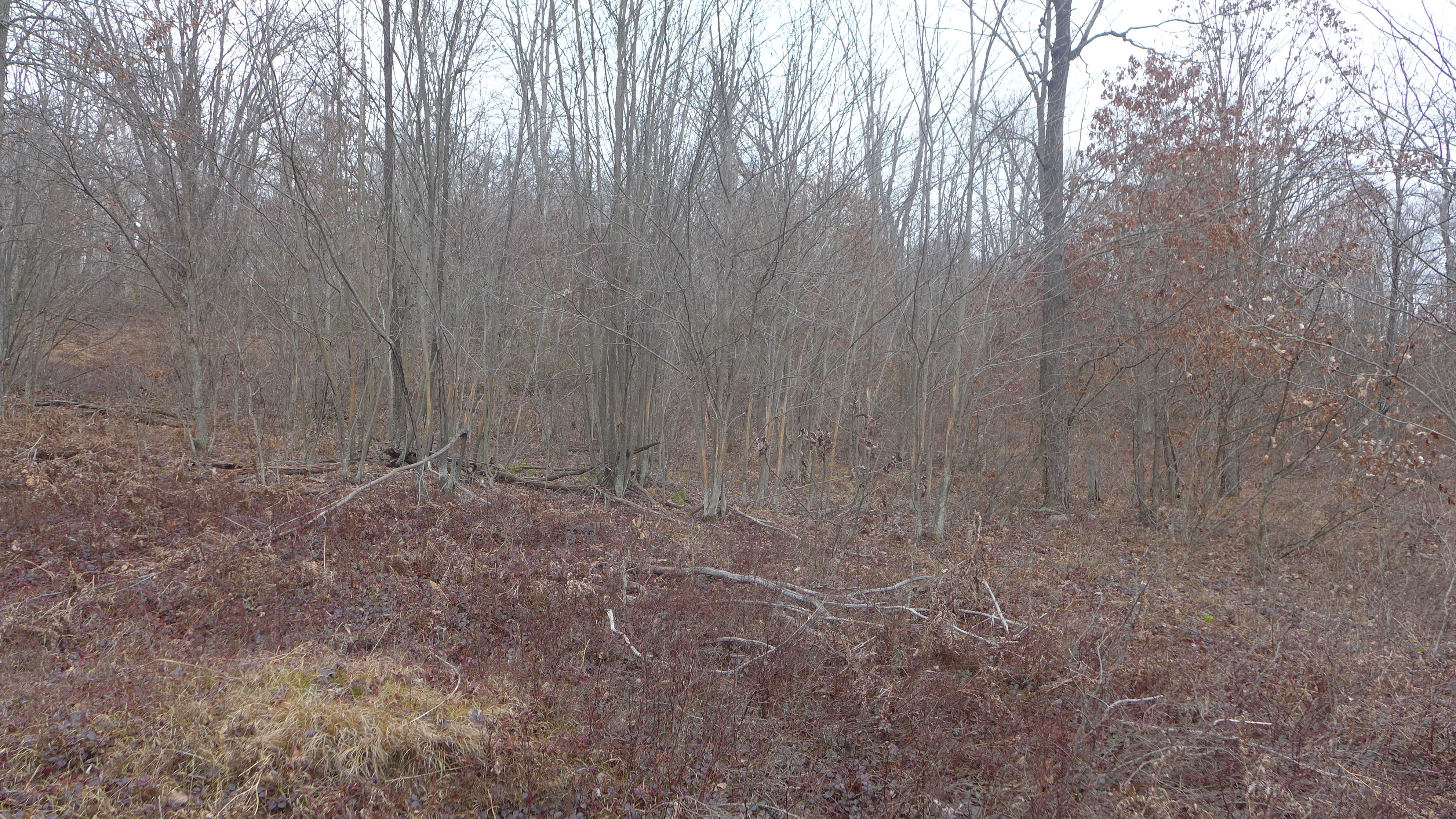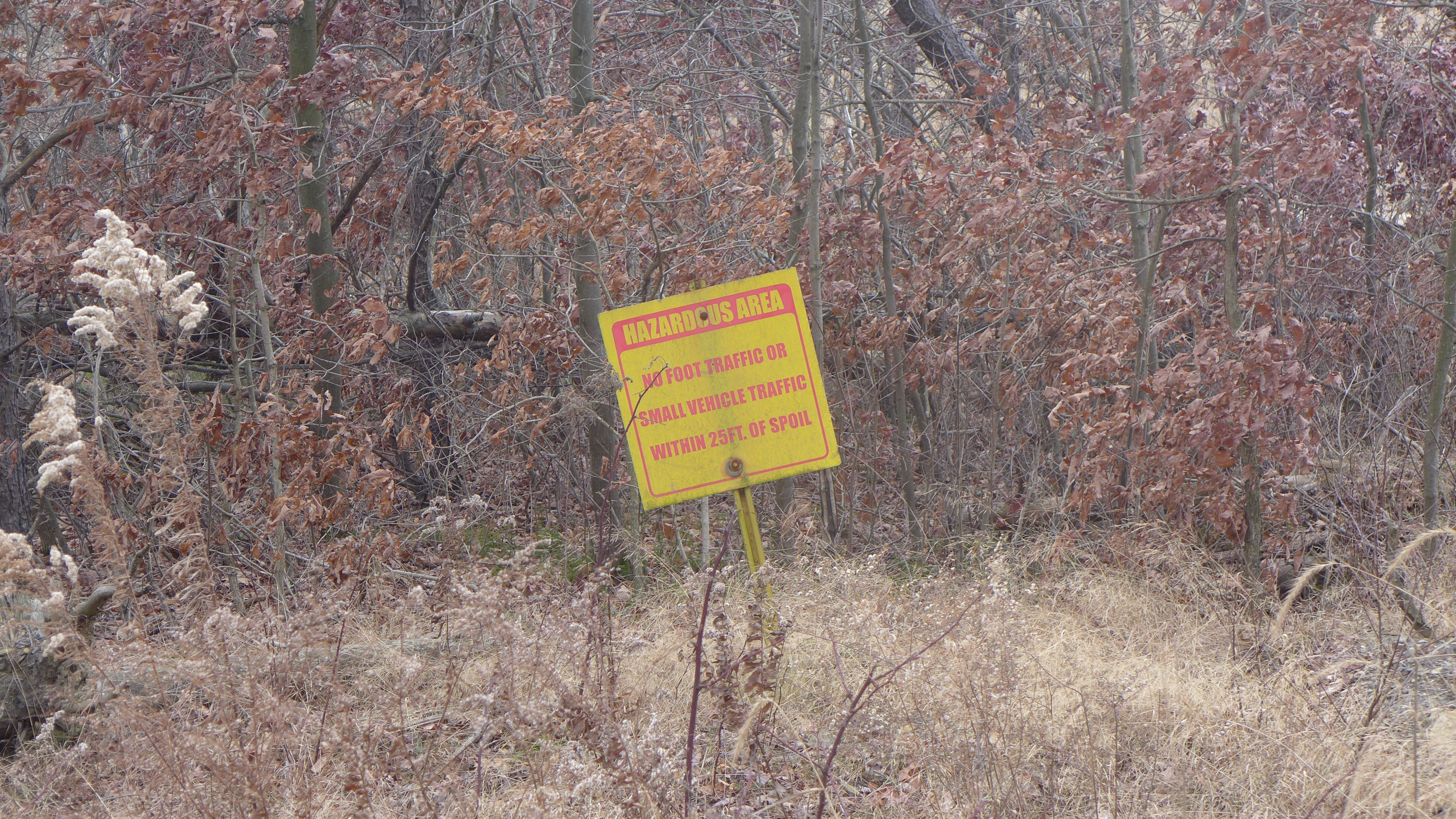**This is a piece I wrote in Fall 2017. Since then I have returned to SGL100 on several occasions. The location has undergone significant conservation efforts by the PA Game Commission and the Rocky Mountain Elk Foundation. I reported an evolved version of the following at the 2022 Appalachian Studies Association Conference in Morgantown, WV. But I still love this bit of storytelling and the photos that accompany it**
The eerie sound of an iPhone’s ‘time passing’ alarm wakes me, it’s 4:30 in the morning. I am mentally kicking myself for waking up at such an absurd hour. Grumbling, I rise anyway. It is the Monday after Thanksgiving, but for many Pennsylvanians, myself included, the day is much more than that, it is the first day of firearms deer season. This day begins the two-week period during which it is legal to harvest deer with rifles. It is hard to over-emphasize the importance of deer hunting for some folks. Many school districts give students the first Monday off and a few, like Bald Eagle Area, give Tuesday as well. As crazy as it may sound, during the course of deer season hundreds of thousands of orange-clad Pennsylvanians creep into the woods and fields in hopes of harvesting a deer.
I did not grow up hunting; really, it wasn’t until I was a teenager and began seeking ways to get to know my grandfather that I began to hunt, mostly as something I could do with him. By the time I started hunting he had some health issues that kept him from doing much more than stumbling a few yards into the woods and sitting. So this meant our hunting trips tended to involve a good bit of storytelling about the hunts of his youth. He grew up in and around Pittsburgh, and among his tall tales I was always fascinated by the regularity with which he and his companions hunted along pipelines or on old strip mines. The juxtaposition between these two extractive processes seemed strange to me. On the one hand, properly regulated hunting is sustainable with the practice sometimes improving the demographics of the hunted species and rarely exhausting them, while on the other, strip mining seemed to embody the worst of humans’ ability to take advantage of the planet.
As I’ve gotten older and I hunt more with my brothers, we, like many others, are faced with the perennial question of where to hunt. We have some access to private land, but we also hunt on the State Game Lands. The Game Lands are an interesting option because they are composed of more than 1.5 million acres of land spread across the state. The Game Commission has acquired these tracts and manages them specifically for hunting. Part of every hunting license fee supports the maintenance and acquisition of Game Lands, so I’ve always thought of them as being a bit like a timeshare – and I own a part. This sense of ownership is nice, but at the same time, I have been curious about the past uses of the land. Had it been farms and fields, or were there abandoned mines like the hunting spots of my grandpa’s youth? If the land had been mines, what about the workers – had they been hunters? Did they now hunt the spent mines? These questions drove me to begin researching the extent of the State Game Lands that had formerly been mines.
Searches through the publicly available information from the Game Commission yielded little more than affirmation that there were Game Lands with old mines on them. So, I took a more proactive approach and contacted a Game Commission representative to ask about the mines on the State Game Lands and how the Game Commission deals with them. The return email helpfully explained that although there is not a reckoning of the number of acres of former mine land, 72 out of the total 335 Game Lands do include old mines – or more correctly ‘Abandoned Mine Land’. Five additional Game Lands have subsurface mine remnants which are features that the Department of Environmental Protection does not include in the surface-oriented Abandoned Mine Land definition. I was also told that the Game Commission helps determine the type of post-mining reclamation on the land (a task largely undertaken by the Bureau of Abandoned Mine Reclamation). In particular, the Game Commission picks temporary and long-term vegetation seeding and tree selection as well as establishes habitat structures like brush and rock piles.
The official also suggested that I could cross reference maps of the State Game Lands and Abandoned Mine Land to get a better extent of their intersection. The data to do so is freely available (SGL here and AML here) and easily imported into Google Earth. Each set of information is intriguing in its own right, but the combination clearly depicts the intersection of Game Lands and Abandoned Mine Land. Through the course of reading and talking about these two extractive industries my desire to visit such a site had been steadily increasing. The visualization presented in Google Earth provided both the final impetus and helped with selecting the location I would explore.

I decided that State Game Land 100, which sprawls across northern Centre County and parts of Clearfield County, had an ideal combination of accessibility, both to the Game Land and within it to the Abandoned Mine Land. So, on the last day of deer season my brother and I traveled up into the Allegheny Front. My plan was simple, park just off the main road and walk the two and a half miles through the Game Lands to the area of the mine. We crossed the dirt road that the map indicated led to the mines, instead choosing to walk across the hilly oak woods and laurel patches that lay between us and the mine. The woods there are excellent deer country, and we found an abundance of sign suggesting the extent of their activity. There were also numerous indications that the area was home to some of Pennsylvania’s developing Elk herd.

Buck Rubs: a good indication of deer activity.
After a time, my brother and I walked out from the woods and were faced by a grassy hill. The only indication that this had once been part of a mine was the pile of rocks with a thin tree and bird house.

Growing from a pile of rocks this forlorn tree stands with a small bird house for company.
It was both distinct from the woods, but not as unnatural as I had expected. Throughout our exploration the Abandoned Mine Land remained simultaneously exactly what I was anticipating and entirely different. There were some places that looked like fields of thick grass and other that were dystopic in nature.

Not all of the Abandoned Mine Land fit with the surrounding woods, here pits and piles of stone stretch off to distant stands of trees.
Despite this, as we looped along the edge of the mine my brother and I flushed a flock of turkeys, two doe, and found yet more elk sign. It was the most animal life we saw all day.

Elk track in the gravel of the mine road.
As I watched the second doe spring away from us, I was struck that it was running towards a nearby ‘spoil area’ a place demarked by a lurid sign warning against both foot and vehicular traffic. But the doe didn’t seem to care, instead she bounded off into the woods and out of sight. Like the elk tracks in the shale gravel mine road, and the turkeys bedded in the grasses covering torn and rocky earth, the mine was as much a part of this doe’s habitat as the woods she escaped into.

Spoil Area Warning sign.
My brother and I met four other hunters on our walk, two in the woods and two in the mine land. I don’t know where the folks were from, what they knew about the old mines, or if they, or their parents, had once worked the mines. Our conversations were simple and more immediate, focused on game we’d seen and where we’d walked.
The day’s experience made me think that hunting and old mines aren’t as contradictory as I’d always imagined. Certainly there were places where the old mine was not habitable, but much of the land indicated as Abandoned Mine Land was as flush with life as the woods had been. I still don’t know what the people who worked the mines think, but it seems that if we are to do something with Abandoned Mine Land, then why not this? Why not make it a place that becomes a habitat for game, a place for and odd lot of orange wearing folk to wander about in search of their elusive quadrupedal quarry?

Cutting through the woods this road is both a reminder of the mine that it leads to, and a means by which a greater number of hunters can access and enjoy the State Game Land that the mine is now a part of.